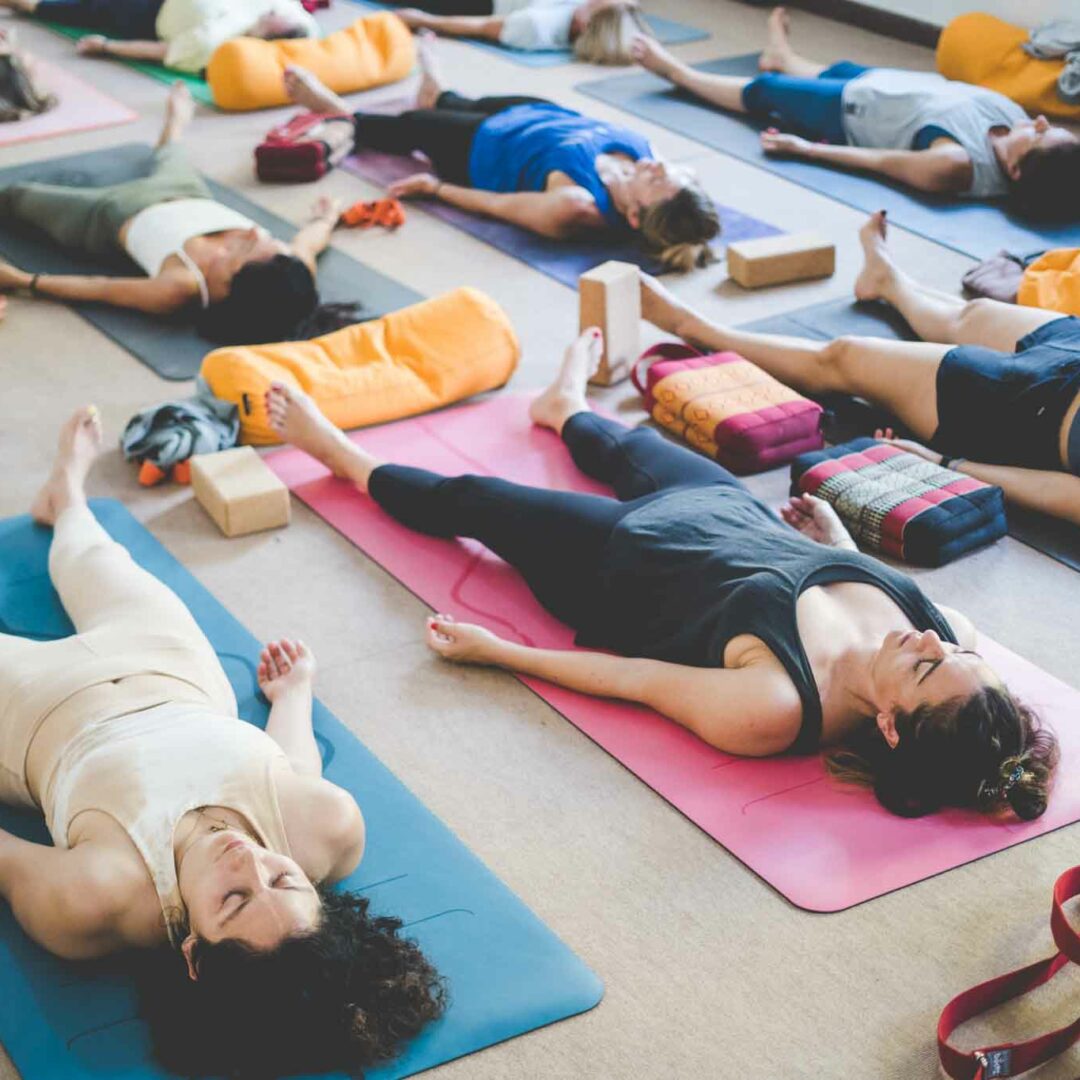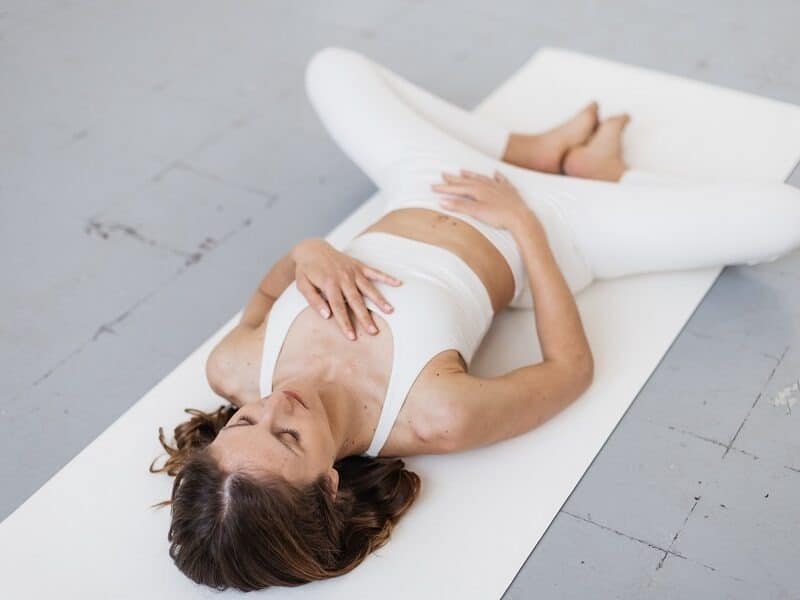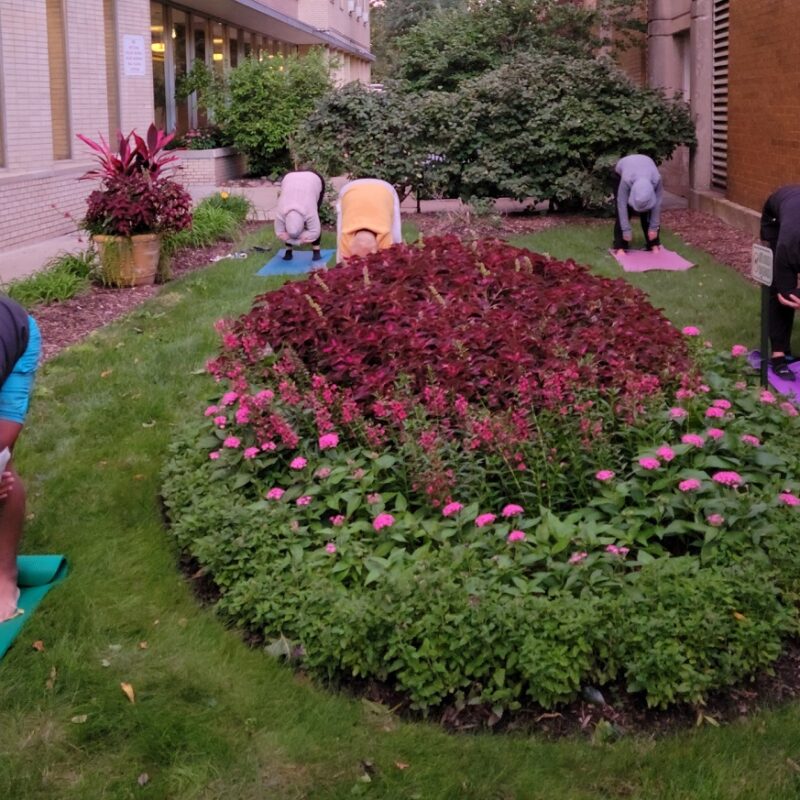How can Hormone Yoga Therapy support you in preparation for and during menopause?
Perimenopause and menopause are part of every woman’s life, yet we learn so little about it in our menstruating years. A woman who transitions to a later stage of her life will experience a number of changes in her physical, mental, emotional and spiritual wellbeing.
Perimenopause and menopause challenges
Oftentimes, a woman will experience a drop in her hormones leading to a number of symptoms such as hot flushes, insomnia, night sweats, fatigue, lack of energy, low libido, brain fog among others. These symptoms are not pleasant and are likely to impact the woman’s emotional and mental wellbeing and as a result her professional and personal relationships might be affected too.
Many women reach out for Hormone Replacement Therapy (HRT), which helps to increase the hormones that are low and provides them with some sort of relief on the physical level, which in turn helps to improve their mental and emotional wellbeing.
HRT can be very supportive, however it often involves taking synthetic hormones, which can cause various side effects in a woman's body.
Hormone Yoga Therapy is an alternative approach to dealing with hormonal imbalances in preparation or during menopause.
What is Hormone Yoga Therapy?
Hormone Yoga Therapy was designed by Dinah Rodriguez, a yoga teacher and Doctor of Psychology from Brazil. She has done a lot of research on the effect of certain yoga practices on the endocrine system.From these studies she developed a set of specific exercises to reactivate hormone production and recommended them to be practiced from the age of 35 to prevent and reduce menopausal symptoms.
How does the Hormone Yoga practice work?
The hormone yoga practice works on a physical, mental, energetic and spiritual level.
It consists of:
- Warm ups
- Asana and kriya practice (asana is a physical yoga posture and kriya is a technique that works on balancing and harmonising the energy system)
- Yoga Nidra (Yoga Nidra is is the state of dynamic sleep, which is induced by a guided meditation)
- Calming pranayama (pranayama is a breathing techniques)
- Anti-stress techniques
Throughout a hormone yoga class, we practice a breathing technique called Bhastrika, which involves active abdominal breathing that stimulates the organs and the glands in the lower abdomen. The active breathing generates prana (the vital life force), which we then mentally distribute to the glands to balance their energy and to nourish them.
The first part of the practice is dynamic with lots of active abdominal breathing. The second part of the practice is focused on relaxation and soothing the nervous system. It involves Yoga Nidra with visualisations, calming pranayamas and anti-stress techniques to reap the benefits of the more dynamic part of the practice.
Benefits of Hormone Yoga Therapy practice
Some women can feel the benefits after one class while others might need to wait a few weeks. Generally speaking, the practice harmonises the whole endocrine system leading to various benefits especially in the following 3 areas:
Physical benefits:
- Activates the glands, the abdomen and pelvic area
- Tones the pelvic floor and other muscles, strengthens the bones
- Improves flexibility
- Improves digestion and metabolism
- Harmonises the nervous system
- Brings general relaxation and rejuvenation
- Reduces hot flushes related to menopause
Mental Benefits :
- Improves self-perception and awareness
- Strengthens self-confidence and a positive attitude towards your own body - balances mood swings
- Reduces fatigue and anxiety
- Improves memory and concentration
Energetic benefits
- Improves intake and distribution of prana
- Revitalizes the energy centers connected with hormonal glands
Hormone Yoga as a way of connecting with the deep feminine
Hormone Yoga is a wonderful way to tap into your body’s natural way of balancing and healing. I have always believed that our bodies are very intelligent and that we should trust them more when it comes to establishing inner balance and harmony. This practice is an amazing example of that. I would encourage each and every woman who is coming close to or already experiencing menopause to see what the practice can do for you.
I also believe that the key to creating more hormonal balance is to develop more connection with our ovaries (or ovary space if you have no ovaries), our womb (or womb space if you have no womb) and our deep feminine.
Through this connection, we tap into a well of wisdom that lies deep within ourselves.
This well is a space of deep trust, kindness, self-love, self-compassion and courage that has the power to transform and heal.



